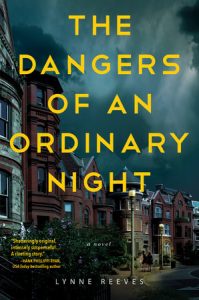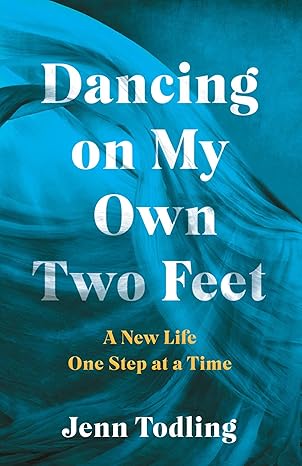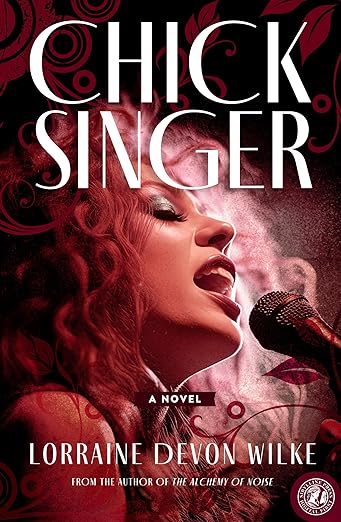Novel Problems: Finding Solutions in Revision
by Lynne Reeves Griffin
Rarely in my roles as counselor and teacher do I shy away from conflict. I’m not one to think problems are bad things; they’re merely situations in need of closer attention and creative plans for resolution. In my personal life, with clear and kind confrontation, my husband and I grow closer after we resolve a difference of opinion. After we’ve articulated our problem, it’s much easier to develop a strong, thoughtful approach to working things out.
Readers can have problems with the mechanics of novels too. It’s the writer’s job to anticipate inherent issues, head them off it they can, and then fully address them in revision. Turning a blind eye, thinking readers won’t notice problems intrinsic to a work, is as unwise a thing to do with your story as it is to ignore a loved one who’s upset with you.
In the magnificent novel Atonement by Ian McEwan, the novel lives and dies on the strength of the character, Brionny. One potential problem of this novel is that it rests on whether or not readers will have empathy for a lonely girl with a vivid imagination and a crush on an older boy, which propels the story forward by altering lives. Trust me, McEwan delivers.
As does Donna Tartt in her epic novel A Secret History. A huge potential problem with this story relates to stakes and tension. Because Tartt tells readers in the first chapter who murdered a major character, she creates a difficult path forward, and must factor in how to keep the stakes and tension high enough to keep readers reading after the early reveal.
When I started writing my domestic suspense novel The Dangers of an Ordinary Night, I was given early feedback that the structure I chose was a potential problem, as was my novel’s theme of addiction. I looked at this information as a gift because it allowed me to actively use my beta readers’ concerns as I crafted solutions in revision. Without a doubt it is a better book because I took on the structural challenges involved in using over three dozen plays to deliver on pace and narrative drive. And when it came to the heartbreak of addiction, I intentional elevated the heaviness of the topic by also layering in scenes where my protagonists experience personal victories, leaving readers with hope.
When I’m writing a novel, at every stage, I examine the draft with an eye toward the inherent novel problems I’ll need to solve for. I’d rather know the potential issues certain narratives pose, then be blindsided by intuitive readers who will notice them.
Here are a few examples of potential novel problems related to different craft choices. Feel free to add others in the comments section of this post.
- Writing a voice-driven piece? How will you sustain the voice throughout the novel so readers won’t tire of it?
- Writing a novel over a long period of time? How will you move time forward in ways that enhance narrative drive while keeping readers vested and interested?
- Writing multiple points of view? How will you help readers keep characters straight so they aren’t confused and set the book aside? And how will you avoid having readers like one character better than another, such that they skip scenes or chapters involving the less compelling one?
- Writing a period piece? How will you make themes relevant to today’s readers so they can relate?
- Is setting central to your novel? How will you vary descriptive material enough to keep readers from skipping passages? How will you tie setting to theme, premise, and character?
- Working with a high concept idea for novel? How will you pull readers into the fictional world so deeply that they’ll see plots and subplots as plausible?
- In the crowded marketplace, you’ve got the first page or two to hook readers. How does your beginning reach out and grab readers?
With any novel, it’s important to consider how you’ll craft the middle of your novel so that it’s as interesting as the hook of the beginning and the pay off of the end. While completing a first draft is a monumental accomplishment, it is by way of rigorous revision that the depth and complexity of your novel is revealed. Don’t rush the process. Take some time between drafts to consider your novel’s built-in vulnerabilities. Only then can you create a workable plan to revise toward authentic solutions.
—
Lynne Reeves Griffin is an internationally recognized family counselor and novelist. She’s the author of four novels, including The Dangers of an Ordinary Night. Her short fiction, essays, and articles have appeared in Parents, Psychology Today, Solstice Literary Magazine, Chautauqua Journal, Craft Literary, Fiction Writers Review, and more. Lynne regularly appears as a media guest expert to discuss contemporary family life and preventive mental health. To learn more about her work visit LynneGriffin.com or follow her on Twitter @Lynne_Griffin or Instagram @LynneReevesGriffin.
THE DANGERS OF AN ORDINARY NIGHT
Category: How To and Tips

 Perfect for fans of Celeste Ng and Megan Abbott, Lynne Reeves’ The Dangers of an Ordinary Night is an exploration of the explosive family secrets that are often hidden in plain sight.On a chilly fall evening at the prestigious Performing Arts High School of Boston, best friends Tali Carrington and June Danforth go missing after auditioning for a play. They’re last seen in grainy, out-of-focus surveillance footage that shows them walking away from the school. Two days later in a town south of Boston, Tali is found disoriented and traumatized by the ocean’s edge, while June is pronounced dead at the scene.
Perfect for fans of Celeste Ng and Megan Abbott, Lynne Reeves’ The Dangers of an Ordinary Night is an exploration of the explosive family secrets that are often hidden in plain sight.On a chilly fall evening at the prestigious Performing Arts High School of Boston, best friends Tali Carrington and June Danforth go missing after auditioning for a play. They’re last seen in grainy, out-of-focus surveillance footage that shows them walking away from the school. Two days later in a town south of Boston, Tali is found disoriented and traumatized by the ocean’s edge, while June is pronounced dead at the scene.



























